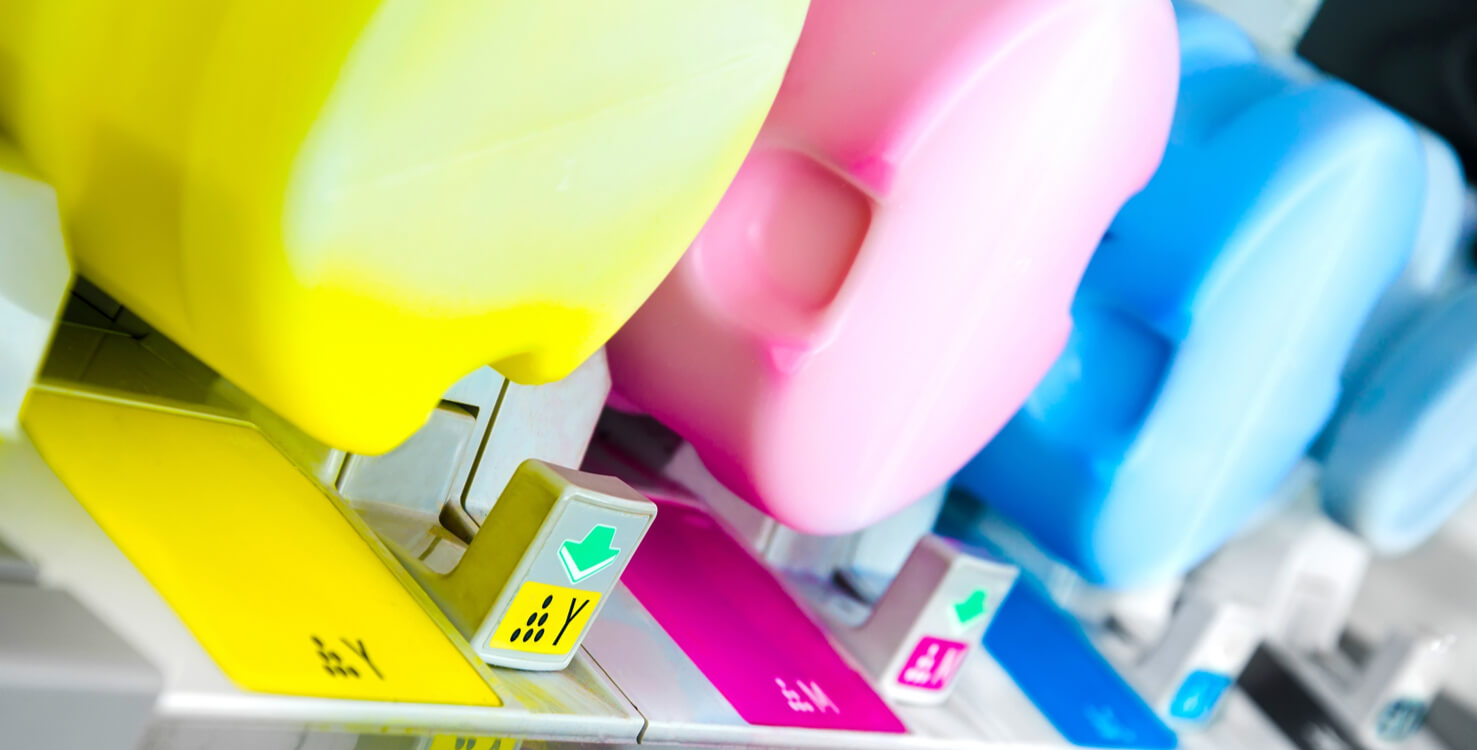It is probably an understatement to say that Digital Printing has evolved over the years.
Digital print jobs have moved from black only line-work to 4-color (and more) high-resolution images. Digital technologies now encompass more than dry toner printing – we see high-end printing in inkjet, liquid toner, and various other means of getting an image to paper.
To meet quality expectations, paper has had to evolve with the print technology. “Plain paper” is no longer “plain” paper. Although you may not visually see differences between uncoated stock from the same supplier, papers have been engineered for specific printing technologies.
Historically, papers that were engineered for dry toner printing were optimized for toner transfer & bonding, curl control and dimensional stability. The heat required to melt the dry toner put a lot of stress on the paper – one side at a time. Papers that carry an electronic imaging guarantee continue to perform well in these applications. They are also suitable for desktop inkjet printers. But, depending on the nature of the print job and type of ink, they may not provide the highest quality of ink density, bleed through or waterfastness.
Papers engineered specifically for inkjet printing will have surface treatments that will help uncoated paper print with higher ink density, less bleed through and improved waterfastness. These attributes become critical when high-speed inkjet printing is utilized in direct mail applications. The postman needs to be able to deliver your printed piece – in the middle of a rain storm – without the ink running if it gets wet.
Other products have been engineered for: improved ink adhesion on liquid toner presses, multi-process printing (i.e. offset followed by digital personalization), etc.
It is important to know which specific digital technology will be utilized when you send your job to a printer. Most paper suppliers will have products that meet the same base sheet characteristics (brightness, opacity, smoothness, thickness, basis weight) with different treatments that will optimize performance in the various digital production presses. Talk with your printer, request print samples, and select the paper option that will yield results that meet your expectations.



Discussion